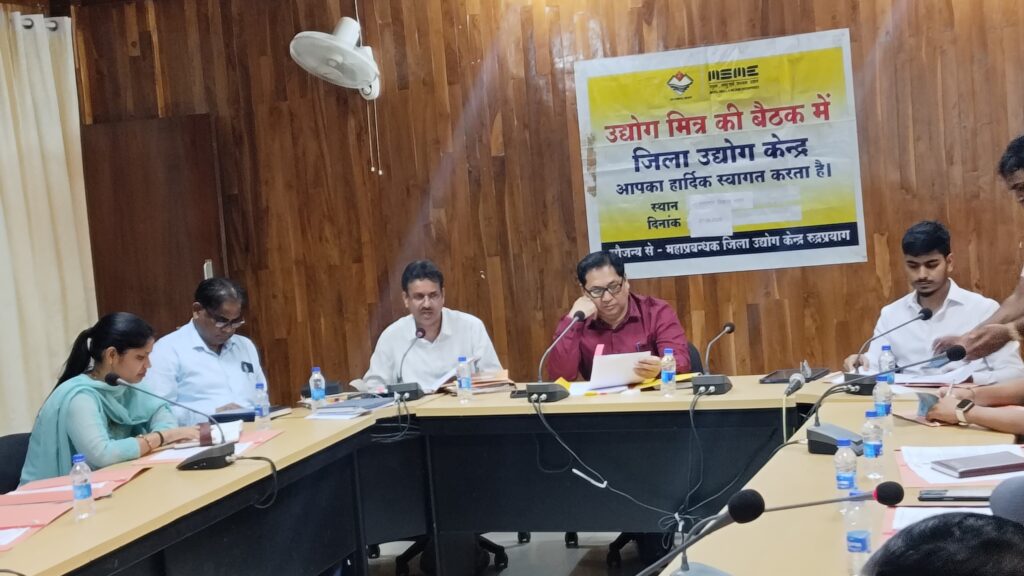Maximizing Outcomes: When Limits Shape Success Strategies
Constraints and boundaries are often perceived as obstacles to success. However, in strategic contexts—whether in education, gaming, or business—limits can serve as powerful catalysts that foster creativity, streamline decision-making, and drive innovation. Recognizing the paradoxical role of restrictions allows us to leverage them effectively, transforming potential barriers into assets for achieving optimal outcomes.
- Understanding the Role of Constraints in Achieving Success
- Theoretical Foundations: How Limits Shape Strategic Thinking
- Limits as Catalysts for Innovation in Education and Games
- Case Study Analysis: Gaming Mechanics and Success Strategies
- Non-Obvious Dimensions of Limits: Depth and Complexity in Strategy
- Practical Applications: Designing Systems and Strategies That Maximize Outcomes
- Lessons from Pirots 4 and Beyond: Translating Examples into Broader Strategies
- Critical Reflection: When and How Limits Might Hinder Success
- Conclusion: Embracing Limits as Strategic Assets for Success
- References and Further Reading
Understanding the Role of Constraints in Achieving Success
In strategic settings, limits encompass a wide range of boundaries—such as resource restrictions, rules, physical constraints, or time limits—that define the scope within which decisions are made. These boundaries serve to focus efforts, eliminate distractions, and often encourage more innovative approaches. For example, a teacher might set strict time limits for a project to foster concise critical thinking, or a game developer might impose specific rules to challenge players’ problem-solving skills.
Interestingly, research indicates that constraints can stimulate creativity by forcing individuals to think differently. This phenomenon is evident in the arts, where limitations on materials or formats often lead to novel artistic expressions, and in science, where problems with predefined boundaries have historically prompted breakthroughs.
In this context, the paradox emerges: restrictions, if well-designed, do not hinder success but can actually enhance it by sharpening focus and encouraging innovative solutions, a principle evident across many successful endeavors.
Theoretical Foundations: How Limits Shape Strategic Thinking
Psychological studies reveal that constraints influence cognitive processes, problem-solving, and decision-making. For example, the concept of “positive constraints” refers to restrictions that guide creativity rather than stifle it. These constraints serve as frameworks that help structure thinking, leading to more efficient and inventive solutions.
Historically, constraints have played a pivotal role in innovation. The early design of the Space Shuttle, for instance, was driven by strict weight and safety requirements that ultimately led to more efficient engineering solutions. Similarly, modern startups often operate within limited budgets and resources, compelling them to develop lean, innovative business models.
This demonstrates that constraints are not merely obstacles but integral to strategic thinking, fostering a mindset that seeks solutions within defined parameters.
Limits as Catalysts for Innovation in Education and Games
Educational frameworks often leverage constraints to improve learning outcomes. For example, problem-based learning introduces specific challenges that students must navigate within given limits, encouraging critical thinking and resilience. An illustrative case is the P I R 0 T S 4 H0W D0 U B0NUS 🚀 game, which exemplifies how strategic limitations can foster engagement and skill development.
In game design, mechanics such as limited moves, restricted resources, or specific rules create a controlled environment where players develop strategic thinking. For instance, puzzle games often restrict the number of moves or tools available, compelling players to think creatively within tight bounds. This process enhances problem-solving skills and increases engagement.
Case Study Analysis: Gaming Mechanics and Success Strategies
| Game Feature | Mechanics & Strategy | Outcome & Learning |
|---|---|---|
| Lost in Space | Symbol collection triggers specific outcomes; limited symbols increase strategic planning. | Enhances problem-solving under constraints, fostering adaptive thinking. |
| Alien Invasion | Column-based symbol collection introduces depth, requiring players to prioritize moves. | Develops strategic foresight and resource management skills. |
| Corner Bombs & Space Portals | Expanding grids within constraints creates new possibilities for combinations and tactics. | Encourages exploration of layered strategies, leading to emergent behaviors. |
These mechanics demonstrate how restrictions can be intentionally designed to promote strategic depth and learning, aligning with principles illustrated in modern puzzle and strategy games like P I R 0 T S 4 H0W D0 U B0NUS 🚀.
Non-Obvious Dimensions of Limits: Depth and Complexity in Strategy
Layered restrictions—such as multiple overlapping constraints—can lead to emergent behaviors that are unpredictable and often advantageous. In educational settings, this might involve students solving complex problems within multiple limits, fostering adaptability and innovative thinking.
For example, in a game, physical constraints like grid size combined with resource limitations can produce a rich landscape for tactical experimentation. This interplay between constraints and flexibility creates a dynamic environment where players and learners develop nuanced strategies.
Teaching students to navigate layered limitations enhances their ability to adapt and innovate, skills essential in rapidly changing real-world environments.
Practical Applications: Designing Systems and Strategies That Maximize Outcomes
Effective design of constraints requires balancing restrictions to foster innovation without causing frustration or stagnation. For example, limiting resources in a project or setting clear rules in a game can streamline efforts and inspire creative solutions.
Examples include:
- Business: Lean startup methodologies impose resource and time constraints to accelerate innovation.
- Education: Time-bound assignments push students to develop concise, impactful work.
- Game Design: Restricted move sets or limited attempts increase strategic thinking and engagement.
Achieving this balance is crucial; overly restrictive limits can stifle creativity, while too lenient boundaries may lead to aimless efforts. Modern strategies advocate for adaptive constraints that evolve based on context and progress.
Lessons from Pirots 4 and Beyond: Translating Examples into Broader Strategies
The P I R 0 T S 4 H0W D0 U B0NUS 🚀 game exemplifies how strategic limitations can be harnessed to maximize player engagement and skill development. Its design underscores fundamental principles applicable across domains: define clear constraints, encourage layered problem-solving, and adapt rules to foster emergent strategies.
Applying these lessons outside gaming, organizations can design workflows, educational curricula, or business models that intentionally embed constraints to stimulate innovation. For example, setting strict budget limits in a project can lead teams to prioritize impactful features, increasing overall efficiency.
Moving forward, success in constrained environments depends on flexible yet well-structured limits, fostering continuous adaptation and creative problem-solving.
Critical Reflection: When and How Limits Might Hinder Success
While constraints can be beneficial, excessive or poorly designed restrictions may demotivate participants and stifle innovation. Recognizing signs of over-restriction—such as declining motivation or stagnation—is essential.
Dynamic adjustment of limits, based on feedback and progress, helps maintain an optimal balance. For instance, gradually relaxing constraints as competence increases can sustain engagement and foster mastery.
Failure cases often involve rigid or arbitrary limitations that do not align with participants’ goals or abilities, underscoring the importance of thoughtful constraint design.
Conclusion: Embracing Limits as Strategic Assets for Success
In summary, limits are not mere barriers but integral elements of effective strategies. When thoughtfully implemented, constraints shape outcomes by focusing efforts, encouraging innovation, and fostering resilience. The key is to design restrictions that challenge yet motivate, creating an environment where success is maximized within defined boundaries.
Adopting a mindset that views constraints as opportunities rather than obstacles transforms how individuals, organizations, and educators approach problem-solving. As demonstrated through gaming mechanics and educational frameworks, harnessing limits unlocks potential and drives sustainable success.
Ultimately, integrating lessons from diverse fields—including the strategic design of games like P I R 0 T S 4 H0W D0 U B0NUS 🚀—can foster innovative, adaptable strategies that thrive within constraints.
References and Further Reading
- Csikszentmihalyi, M. (1996). Creativity: Flow and the Psychology of Discovery and Invention. Harper Perennial.
- Harper, R., & Evans, J. (2018). Constraints and Creativity in Education. Journal of Educational Psychology.
- Nielsen, J. (2010). Why Constraints Help Creativity. UX Magazine.
- Game Design Principles: P I R 0 T S 4 H0W D0 U B0NUS 🚀
- Simon, H. A. (1996). The Sciences of the Artificial. MIT Press.






